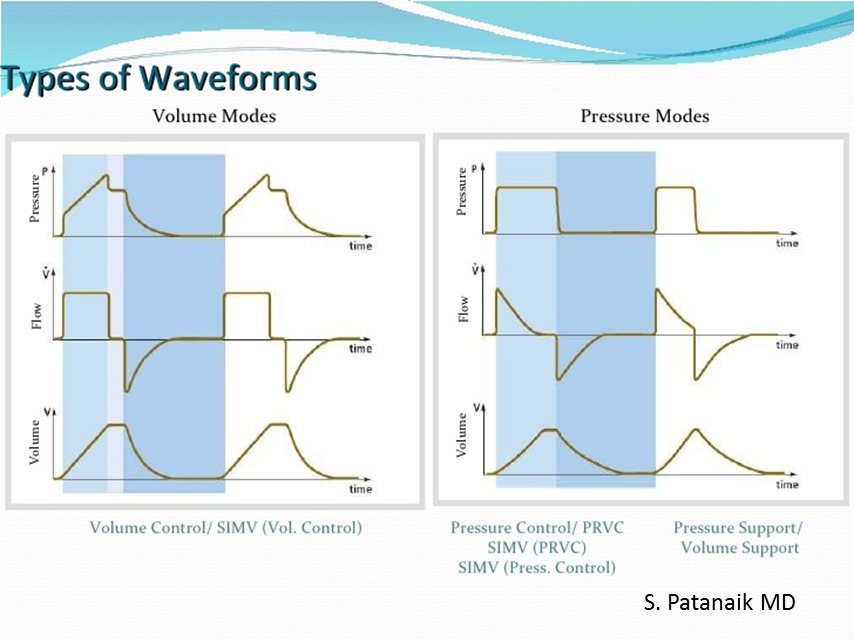Warm Autoimmune Hemolytic Anemia
/This patient presented with dyspnea, fatigue, and exercise intolerance. He has stable vital signs, scleral icterus, splenomegaly, but no LAD.
Labs show WBC 5, Hgb 8, PLT 160. CBC previously normal. A DAT (Coombs test) for IgG is positive. The patient has the above peripheral blood smear.
This patient is anemic with scleral icterus which lends itself to a wide differential - one of the most important being hemolysis. The question is where are the blood cells being hemolyzed… one of the most basic things an internist can do to differentiate intravascular vs extravascular hemolysis is to look at the blood cells!
What does this slide show? It does not show any schistocytes which would indicate intravascular hemolysis. It shows spherocytes which is what happens to RBCs when they are opsonized and eventually taken to the spleen to be devoured.
What else shows spherocytes? Hereditary spherocytosis! One way to differentiate these is to get a Coombs test to answer the question, “are there antibodies to these RBCs?”
This patient’s Coombs test is positive. What does that tell you?
Warm Agglutinin Disease - IgG - DAT positive for IgG, negative for complement activation
Cold Agglutinin Disease = IgM - DAT negative IgG, positive for complement activation






